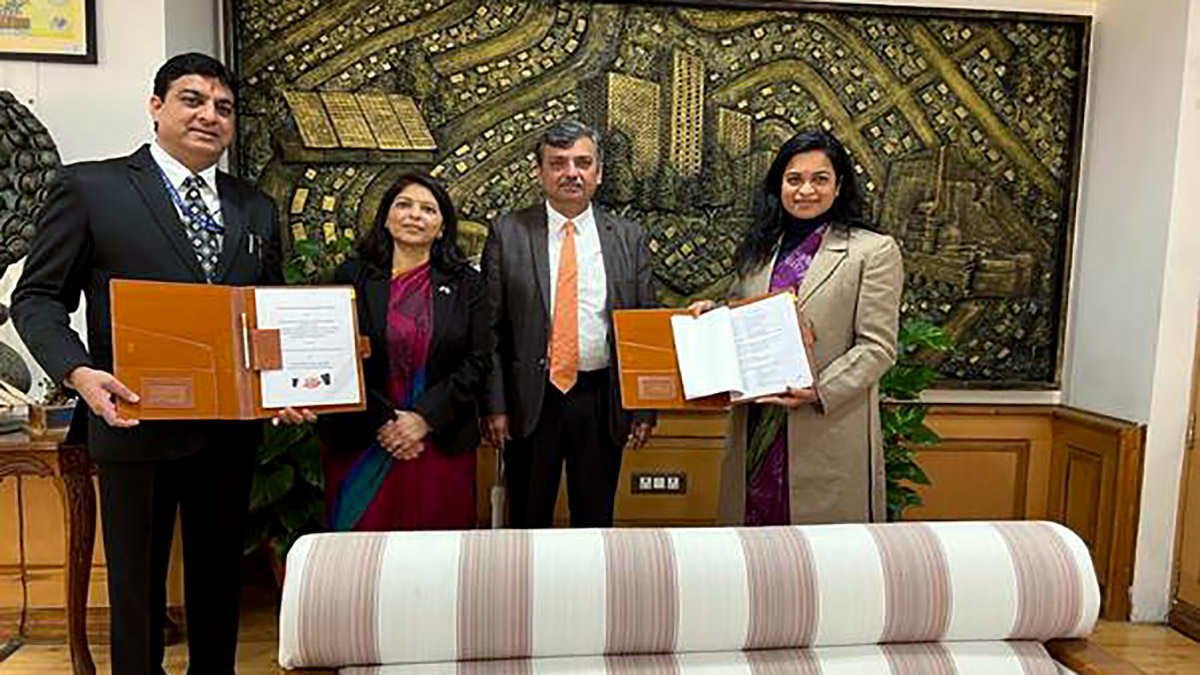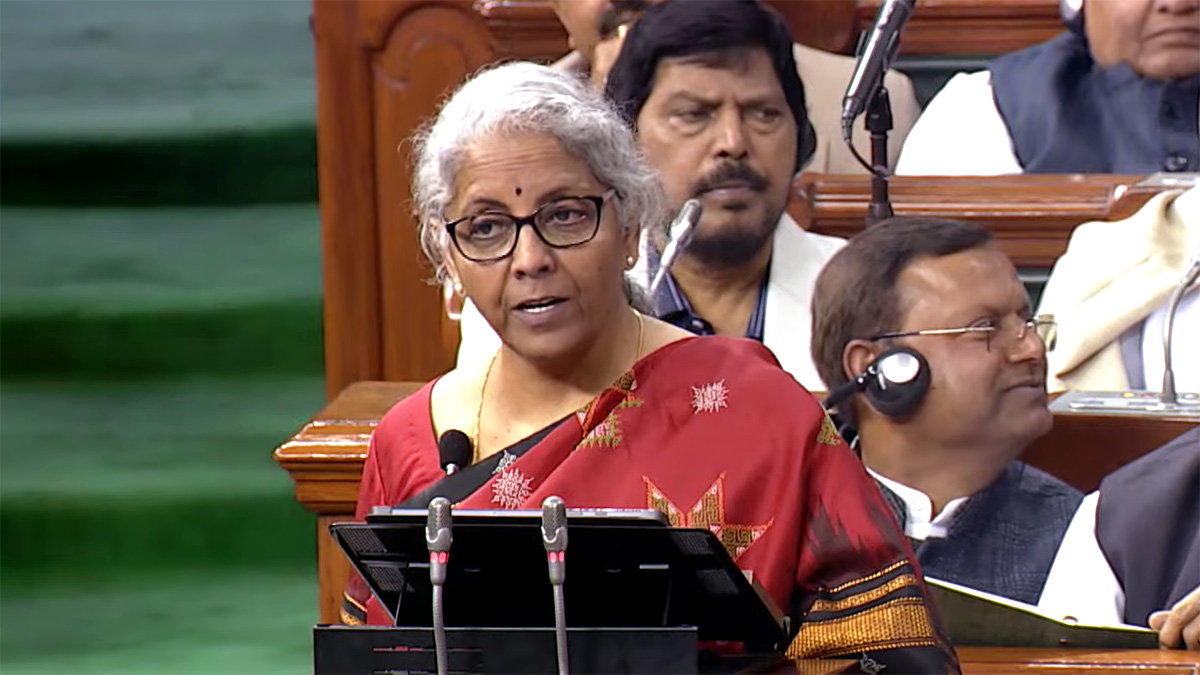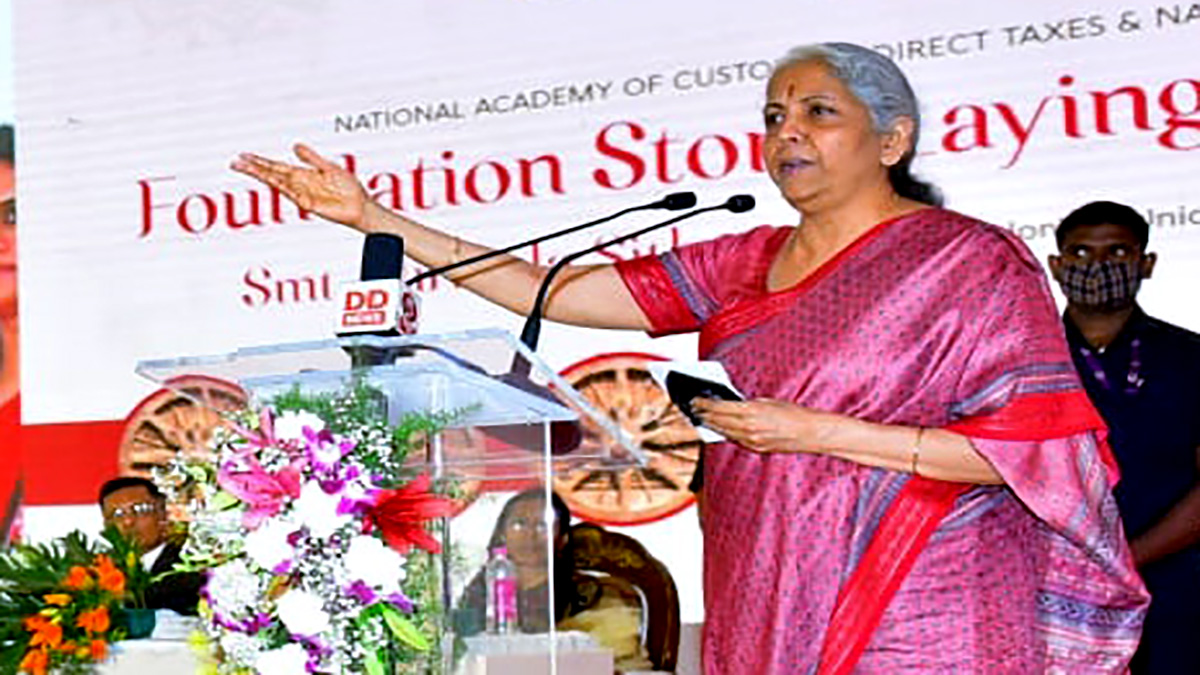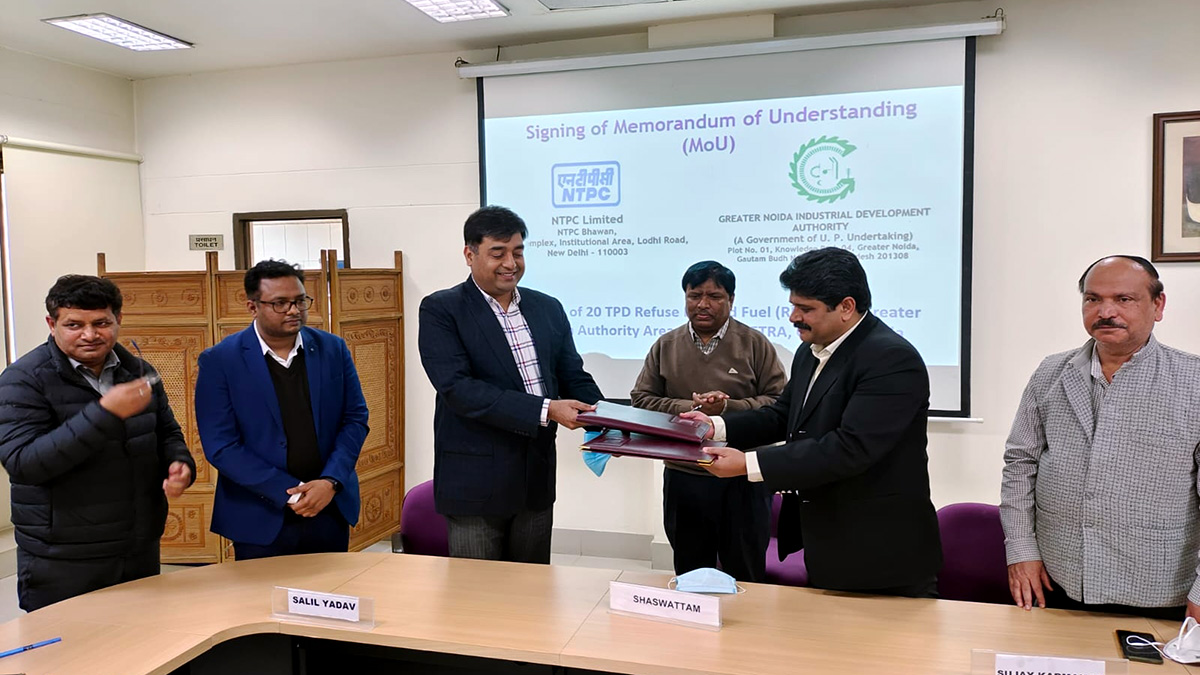PM GatiShakti is a transformative approach for economic growth and sustainable development. The approach is driven by seven engines, namely, Roads, Railways, Airports, Ports, Mass Transport, Waterways, and Logistics Infrastructure. While presenting the Union Budget 2022-23 in Parliament the Union Minister for Finance & Corporate Affairs, Nirmala Sitharaman said all seven engines will pull forward the economy in unison. These engines are supported by the complementary roles of Energy Transmission, IT Communication, Bulk Water & Sewerage, and Social Infrastructure. She said finally, the approach is powered by Clean Energy and Sabka Prayas – the efforts of the Central Government, the state governments, and the private sector together – leading to huge job and entrepreneurial opportunities for all, especially the youth.
Aneel Gambhir, CFO, Blue Dart, said, “Focus on public investments, by expanding the National Highway network by 25,000kms, the Gati Shakti masterplan with seven engines, 100 new cargo terminals, will give an impetus to the growth of the industry and help bring efficiency in logistics operations. We must also recognize the push for utilizing and promoting a digital ecosystem, whether that be with the launch of Gati Shakti and the numerous opportunities it initiates or the adoption of eVehicles; it further streamlines systems and processes, propelling the idea of Aatmanirbhar Bharat.”
Finance Minister said the scope of PM GatiShakti National Master Plan encompassing the seven engines, will also include the infrastructure developed by the state governments as per the GatiShakti Master Plan. The focus will be on planning, financing including through innovative ways, use of technology and speedier implementation.
Mahesh Palashikar, President, GE, South Asia, said, “Suggested framework around Gati Shakti (infrastructure development) and inclusive development will lay a good foundation for long-term infrastructure with an eye on short term economic and job growth.”
The touchstone of the Master Plan will be world-class modern infrastructure and logistics synergy among different modes of movement – both of people and goods – and location of projects. FM said this will help raise productivity, and accelerate economic growth and development.
Finance Minister said PM GatiShakti Master Plan for Expressways will be formulated in 2022-23 to facilitate faster movement of people and goods. The National Highways network will be expanded by 25,000 km in 2022-23. She said ₹20,000 crore will be mobilized through innovative ways of financing to complement the public resources.
Parag Satpute, Managing Director Bridgestone India, said, “PM Gati Shakti plan and the corresponding announcement of additional 25,000 km of roads will spur growth in the mobility sector. Government’s initiative on electric vehicles and the announcement on a battery swapping policy is a major boost to the nascent EV sector and will boost customer confidence in EVs”
Sitharaman said the data exchange among all mode operators will be brought on Unified Logistics Interface Platform (ULIP), designed for Application Programming Interface (API). This will provide for efficient movement of goods through different modes, reducing logistics cost and time, assisting just-in-time inventory management, and in eliminating tedious documentation. Most importantly, this will provide real time information to all stakeholders, and improve international competitiveness. She said open-source mobility stack, for organizing seamless travel of passengers will also be facilitated.
Anil G Verma, Executive Director and President, Godrej & Boyce, said, “The focus on the logistics sector through PM Gati Shakti plan will give a fillip to the economy. Logistics costs in India count among the highest in the world. Creation of infrastructure is the best way to reduce the costs and introduce competitiveness in the economy to serve both the domestic market and exports. The initiative of spurring investments from the private sector by taking the lead through government investments of Rs. 7.5 lakh Cr. is laudable. PLI scheme outlay for solar modules will support the solar power generation projects which are currently facing steep cost increases and supply constraints.”












